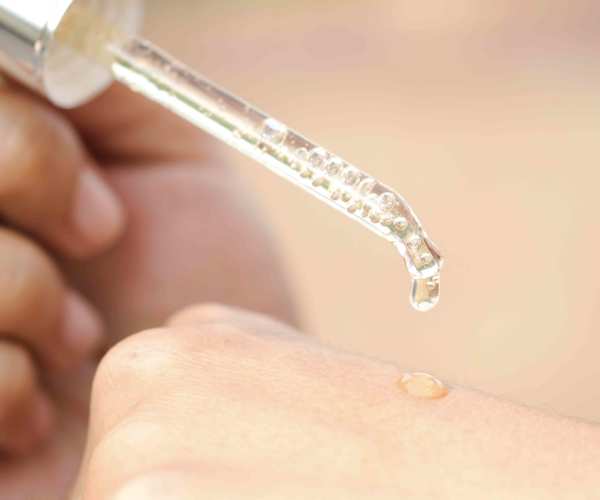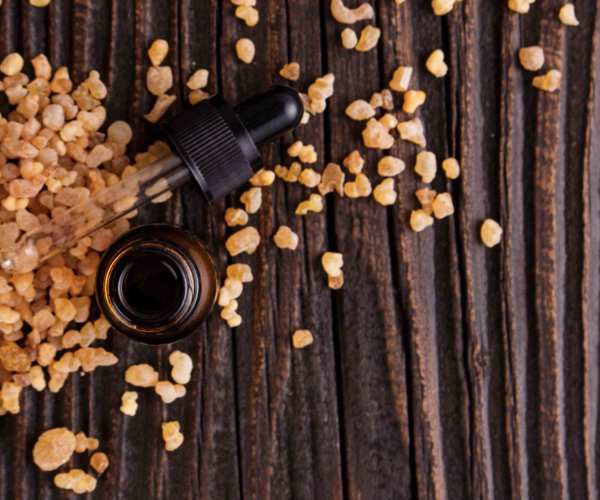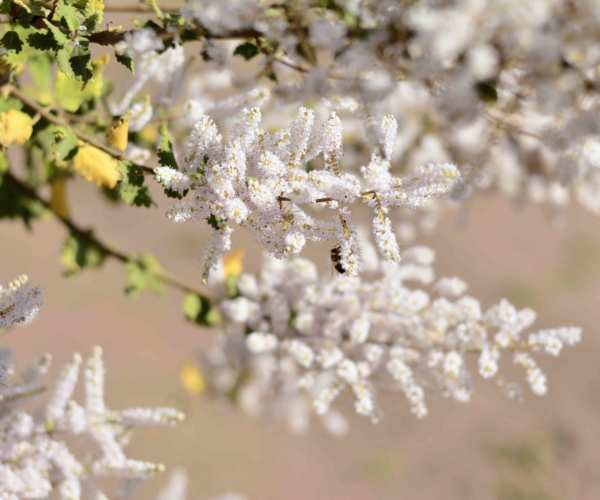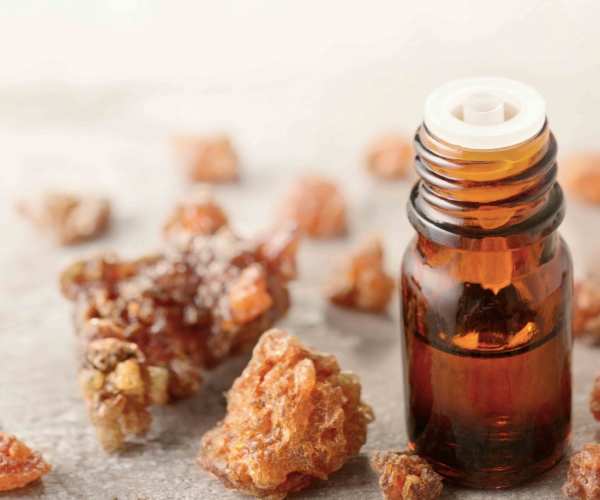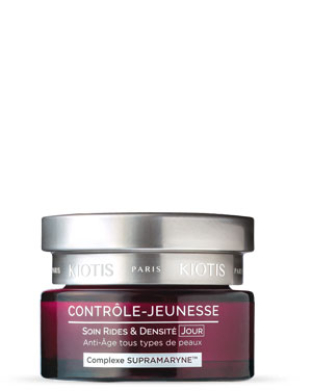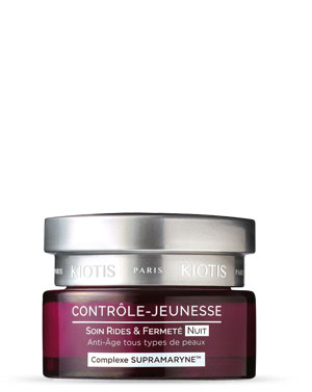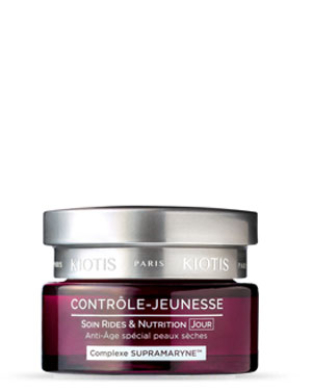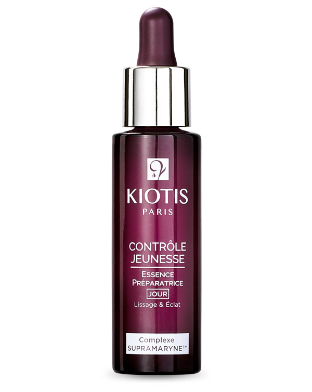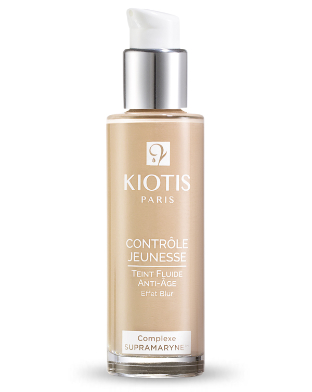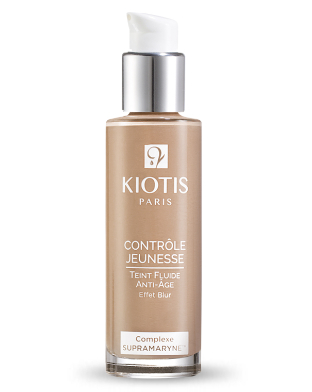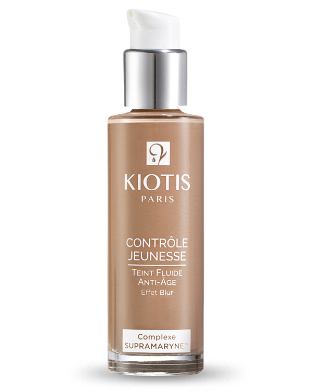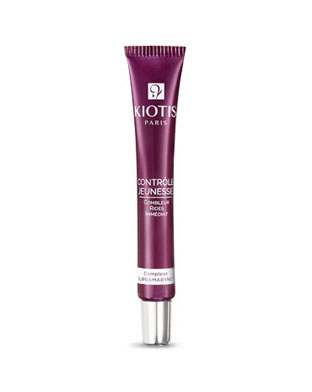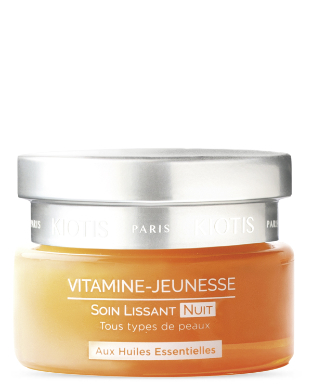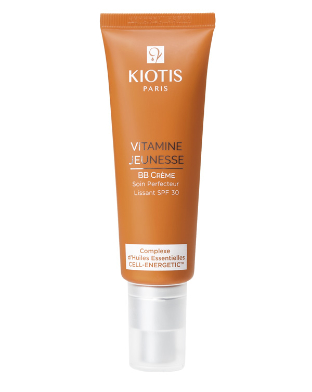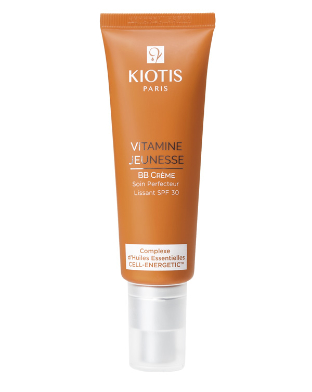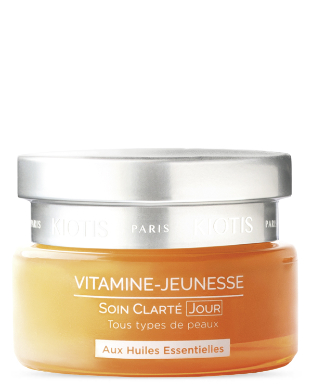Presentation

Turkey

Flowery, tangy, fruity

Hexane extraction then ethanol purification
Benefits
Amincissant
Circulation - vascular tonicity
Cleansing
Deep hydration (preventive and restorative effect)
Detox
Firming
Purifying
Surface hydration (restorative effect)
Botany
The myrrh or balsam tree (Commiphora myrrha) is a tree of the Burseraceae family native to East Africa and the Arab Peninsula.
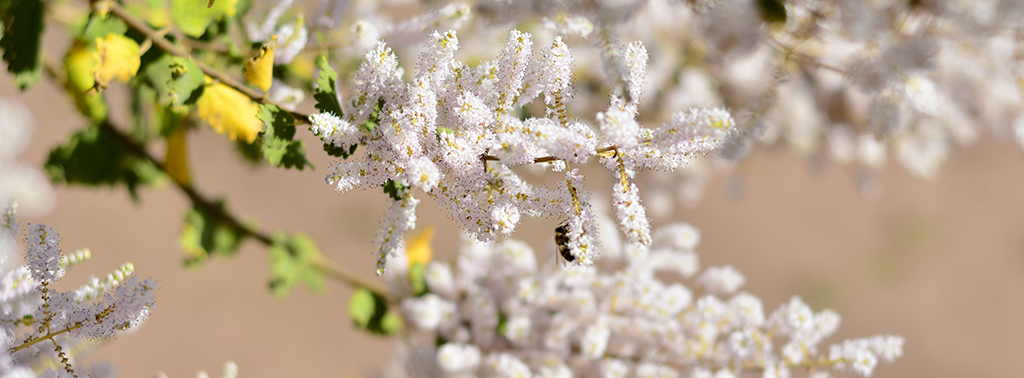
History
The history of Myrrh is as old as that of incense. The Egyptians used it to compose the sacred perfume: Kyphi as well as for embalming. The Egyptians also used to burn it in the temples of Isis because its scent was associated with sensuality.
It is one of the main components of the Holy Oil and is one of the gifts brought to baby Jesus by the three Kings, along with gold and incense. But it is above all a perfume charged with eroticism, mentioned as such seven times in the Song of Songs.
Myrrha, having conceived by deceit Adonis from her father Cinyas, was transformed into a shrub to escape her father's wrath. Supposedly, Myrrh is Cinyas' tears of sorrow.
Myrrh is still used for its medicinal virtues throughout the world.
Properties
Myrrh Essential Oil is composed of numerous sesquiterpenes and triterpenes, which give it anti-infectious and anti-inflammatory properties. It is a powerful analgesic thanks to the presence of furanoeudesmanes, curzarene and furanodiene, which act on the opioid receptors.
The Kiotis laboratory has demonstrated, through in vitro scientific tests, the moisturizing, firming and microcirculation stimulating properties of Myrrh Essential Oil. Properties that they have patented and that improve the bonds between the cells for better hydration, nutrition and oxygenation of the skin, and that strengthen the fibroblasts, the skin's true water reservoirs.
Known for its restorative effects on the skin, it acts on small rashes.
It promotes detoxification for optimal functioning of skin cells. And deeper down, Myrrh Essential Oil impacts skin density, delivering a firming effect.
Did you know?
At the end of summer, the shrub becomes covered with red-orange flowers, while its trunk swells with knots. It is from these swellings that Myrrh flows, in small yellow tears collected once they have dried. Amber-yellow, sticky and slightly viscous, it has a balsamic, resinous and woody fragrance.

